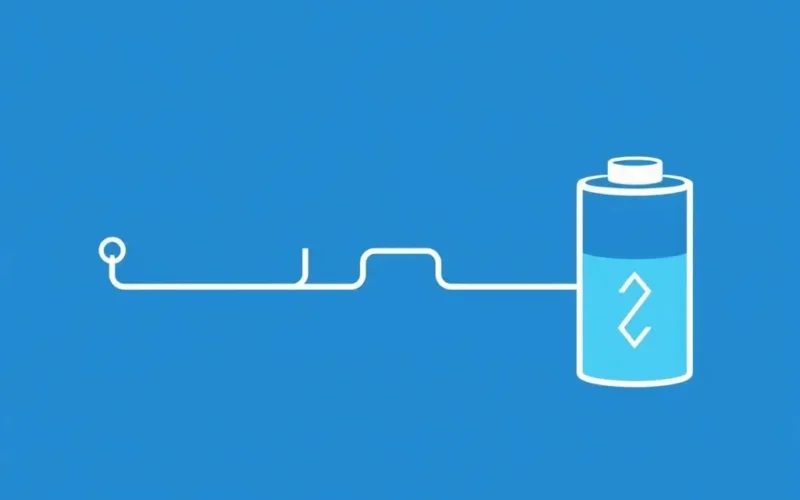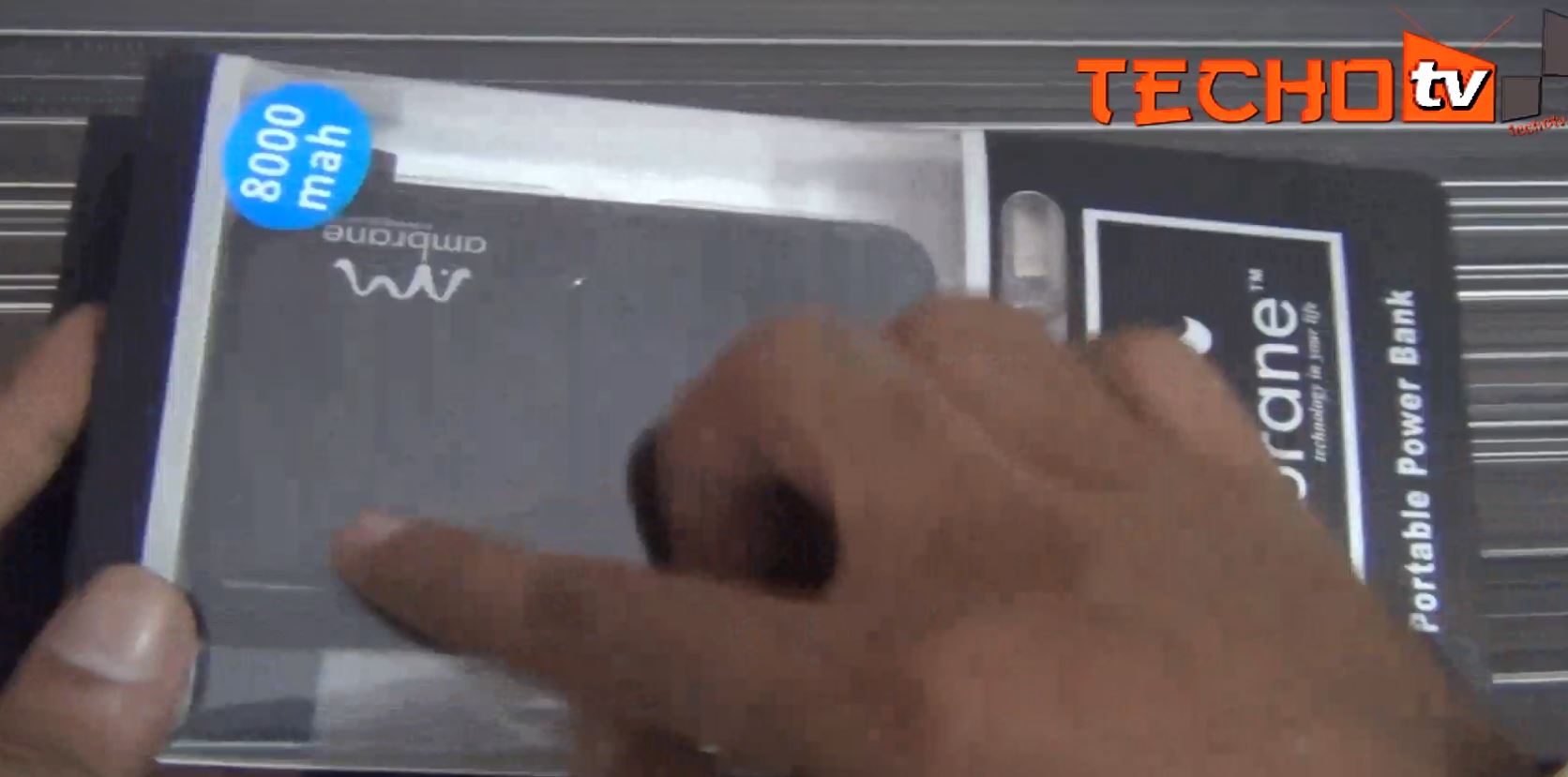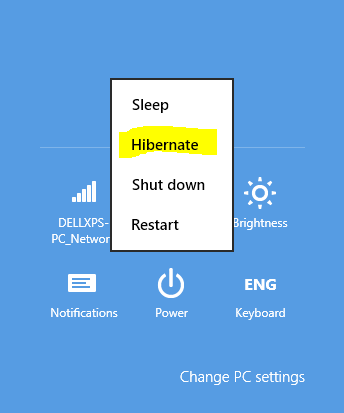Ever heard AC/DC and immediately thought of the legendary rock band, not the fundamental types of electrical current powering our world? You’re not alone! But understanding the difference between Alternating Current (AC) and Direct Current (DC) isn’t as complex as a face-melting guitar solo. Imagine DC as a super-focused, one-way street for electricity – think of the smooth, unwavering power from your trusty batteries. Then there’s AC, the life of the party, constantly switching directions like an energetic dancer, the very stuff that powers your fridge and lights up your room. One powers ahead, the other grooves back and forth. Simple, yet so ‘shockingly’ fundamental to our modern lives!
Table of Contents
What is DC Power? The Steady Flow of Direct Current
Direct Current (DC) is like a calm, determined river, always flowing in one direction. In electrical terms, this means the electric charge (current) only flows unidirectionally. The voltage and current, ideally, remain constant over time. Think of it as a straight, unwavering line on a graph.
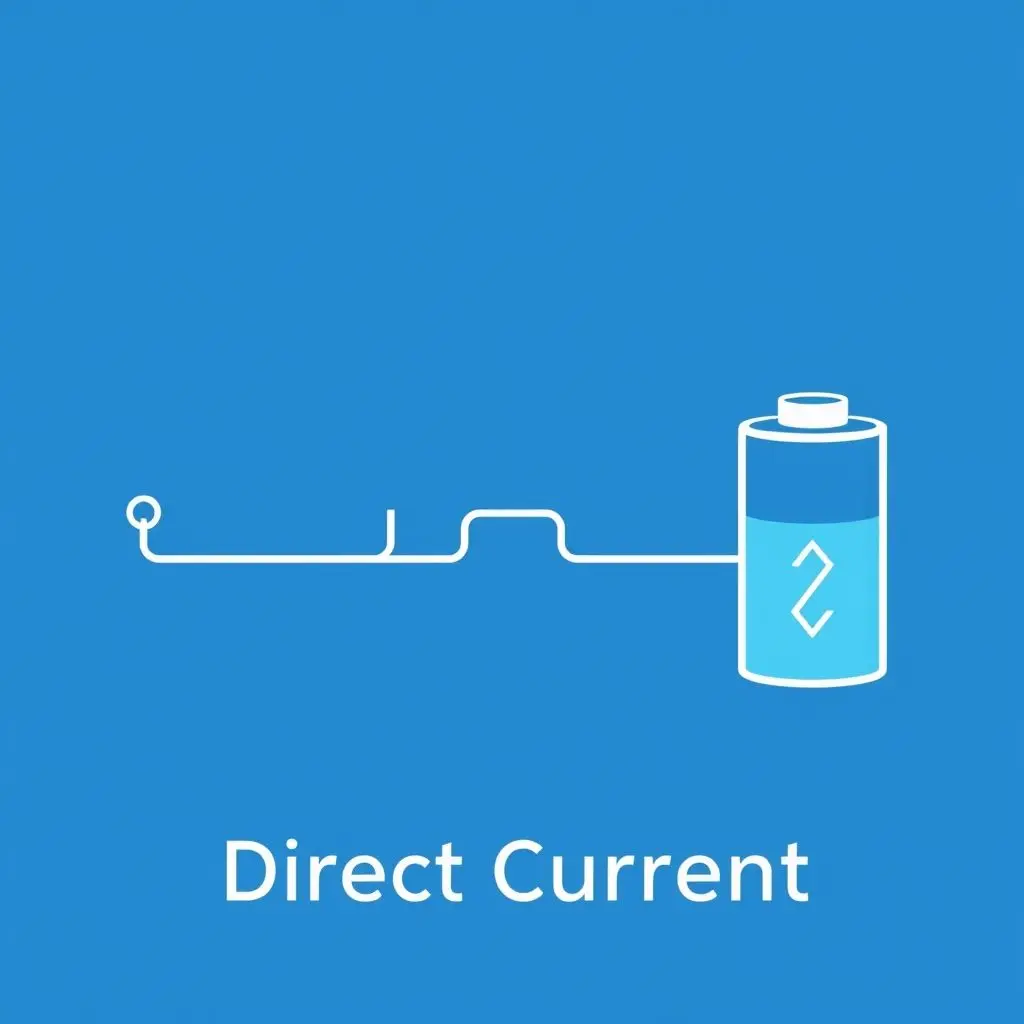
Imagine electrons marching in a perfectly straight line from the negative terminal to the positive terminal of a source. That’s DC in action!
Key Characteristics of DC Power:
- Unidirectional Flow: Electrons move in a single, constant direction.
- Constant Voltage (Ideally): While real-world DC sources like batteries might show a slight voltage drop as they discharge, the ideal DC source provides a steady voltage.
- Sources: Batteries are the most common example. Others include solar cells, fuel cells, and AC-to-DC converters (rectifiers) found in your phone chargers and laptop power bricks.
Where is DC Power Used?
DC power is the unsung hero of the portable and electronic world:
- Electronics: Smartphones, laptops, tablets, and virtually all semiconductor-based devices run on DC. Their internal circuits require that steady, low-voltage supply.
- Batteries: Anything battery-operated, from flashlights to electric vehicles (EVs), uses DC power.
- Automotive Systems: A car’s electrical system, including its lights and infotainment, relies on DC power from the battery and alternator (which produces AC then converts it to DC).
- Solar Power Systems: Photovoltaic (PV) panels generate DC power directly from sunlight.
- LED Lighting: Many modern LED lights operate on DC power, often with a small converter built-in if they plug into an AC outlet.
Pros and Cons of DC Power:
Advantages:
- Stable Supply: Excellent for sensitive electronics that require a smooth, consistent voltage.
- Energy Storage: DC is the only form of electricity that can be easily stored (in batteries and capacitors).
- Lower Voltage Applications: Often safer for low-power, portable devices.
Disadvantages:
- Voltage Drop: DC power suffers significant voltage drop over long transmission distances, making it inefficient for powering entire cities from distant power plants.
- Difficult to Transform Voltage: Changing DC voltage levels is more complex and less efficient than with AC power.
What is AC Power? The Rhythmic Dance of Alternating Current
Alternating Current (AC) is the power that makes the world go ’round – quite literally! Unlike its DC counterpart, AC periodically reverses its direction. The electrons in an AC circuit don’t just flow; they oscillate back and forth, like a continuous wave. This is the type of electricity that comes out of your wall sockets.
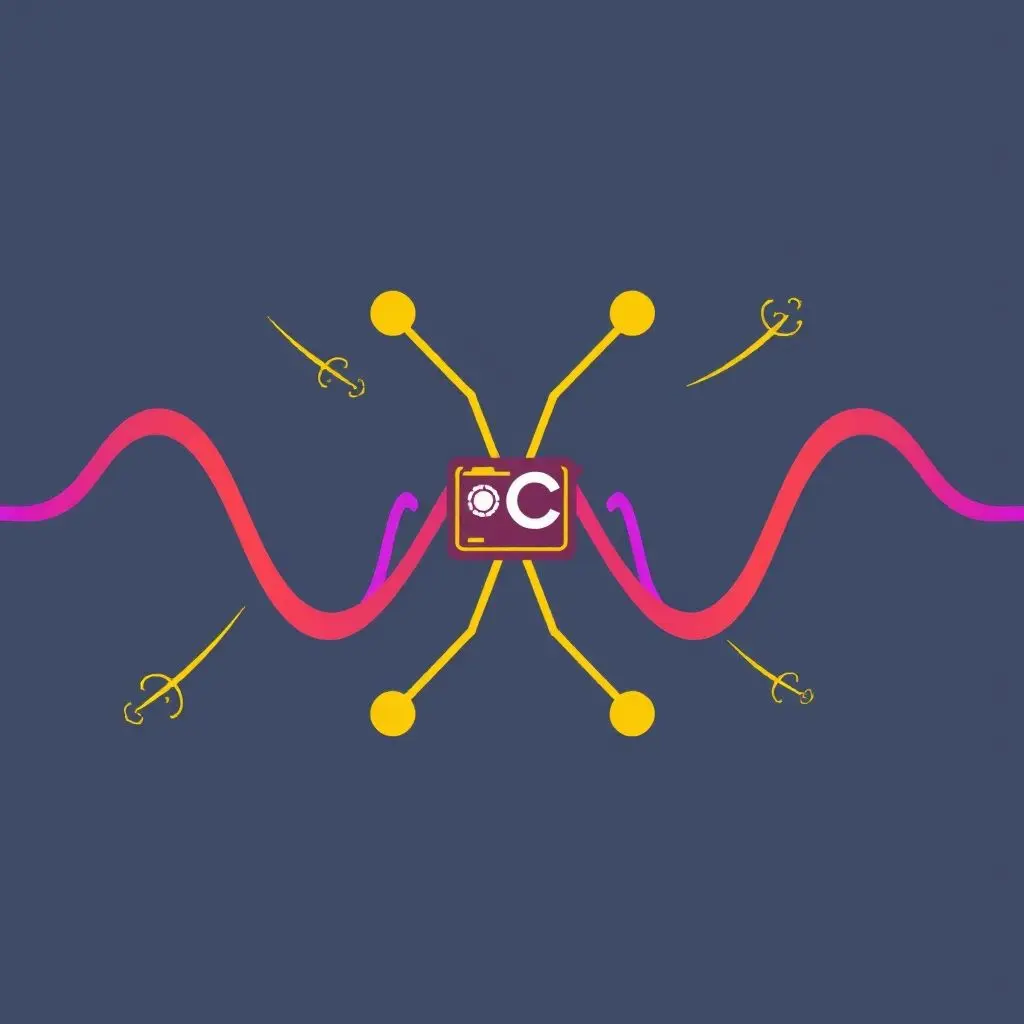
Picture electrons doing the cha-cha – a few steps forward, a few steps back, repeating this dance many times per second. That’s the essence of AC!
Key Characteristics of AC Power:
- Bidirectional Flow: Electrons continuously change direction, moving back and forth.
- Waveform: AC is typically characterized by a sinusoidal waveform (a smooth, repetitive oscillation).
- Frequency: This is the number of times the current completes a full back-and-forth cycle per second, measured in Hertz (Hz). Common frequencies are 50 Hz (e.g., Europe, Asia, Australia) or 60 Hz (e.g., North America).
- Voltage: AC voltage is also constantly changing. We usually refer to its RMS (Root Mean Square) value, which is its effective value.
- Sources: Power plants generate AC using large generators (alternators). It’s also produced by inverters, which convert DC to AC.
Where is AC Power Used?
AC is the workhorse of large-scale power distribution and many appliances:
- Power Grid: Used for transmitting electricity over long distances from power plants to homes and businesses.
- Household Appliances: Refrigerators, washing machines, air conditioners, ovens, and many motors in appliances run directly on AC.
- Industrial Machinery: Heavy-duty motors and equipment in factories often require AC power.
- Lighting: Traditional incandescent and fluorescent lights, as well as some LED systems, are designed for AC.
Pros and Cons of AC Power:
Advantages:
- Efficient Long-Distance Transmission: AC voltage can be easily stepped up (increased) by transformers for efficient long-distance transmission with minimal power loss, and then stepped down (decreased) for safer use in homes and businesses.
- Simpler Motors: AC motors can be simpler in design and more robust than DC motors for certain applications.
- Easy Voltage Transformation: Transformers make it very efficient to change AC voltage levels.
Disadvantages:
- More Complex: The alternating nature can be more complex to manage for some sensitive electronics without conversion.
- Cannot Be Stored Directly: AC power itself cannot be stored; it must be converted to DC for battery storage.
See it in Action: AC vs. DC Visualized
Sometimes, seeing is believing (and understanding!). To help you grasp these concepts even faster, we’ve put together a super-short, animated explainer. It boils down the essence of AC and DC into a fun, digestible visual. Think of it as the electric slide for your brain cells!
Check out our YouTube Short that brings AC and DC to life:
The Great Power Symbiosis: Why We Use Both AC and DC
You might be wondering, if AC is so good for transmission and DC for electronics, why not just pick one? The answer lies in a fascinating piece of history and the practical strengths of each.
A Quick Spark from History: The War of Currents
In the late 19th century, a fierce rivalry known as the “War of Currents” pitted Thomas Edison, a proponent of DC, against Nikola Tesla and George Westinghouse, who championed AC. Edison had established early DC power systems, but they were limited by transmission distance. Tesla’s AC system, with its ability to use transformers, proved far more efficient for widespread electrification.
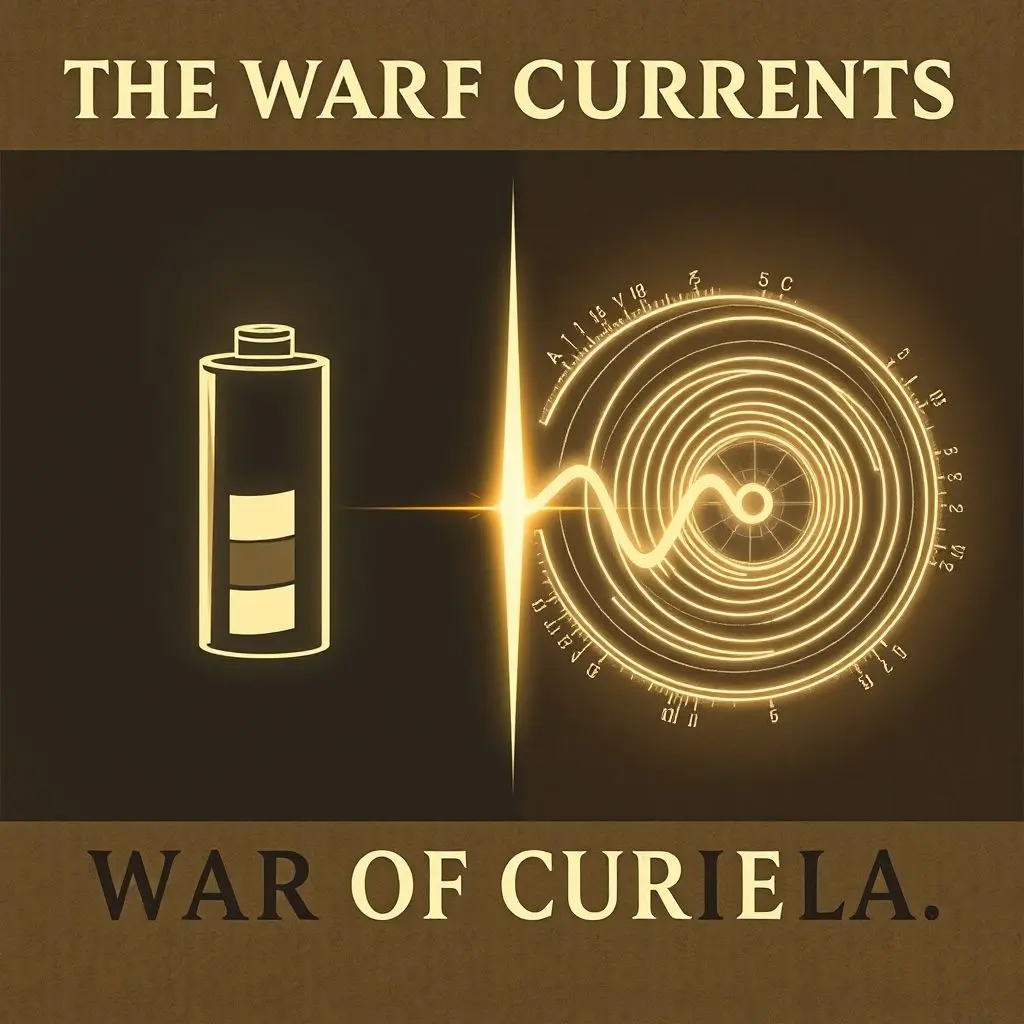
Ultimately, AC won the war for power generation and distribution due to its superior efficiency over long distances. However, DC never disappeared; it just found its niche.
A Perfect Partnership
Today, AC and DC coexist and complement each other beautifully:
- AC for the Journey: Power plants generate AC, which is stepped up to very high voltages for efficient transmission across countries. It’s then stepped down at local substations and again near our homes for safe use.
- DC for the Destination (Often): Many of our modern devices, especially electronics, need stable DC power. This is where conversion comes in.
Bridging the Gap: Converters and Inverters
The magic that allows AC and DC to work together seamlessly lies in power electronics:
- Rectifiers (AC to DC Converters): These devices take the AC power from your wall outlet and convert it into the DC power needed by your laptop, phone charger, or TV. They essentially “straighten out” the alternating flow.
- Inverters (DC to AC Converters): These do the opposite. They take DC power (from a battery or solar panel) and convert it into AC power. This is crucial for things like running household appliances from an off-grid solar system or a car’s power outlet.
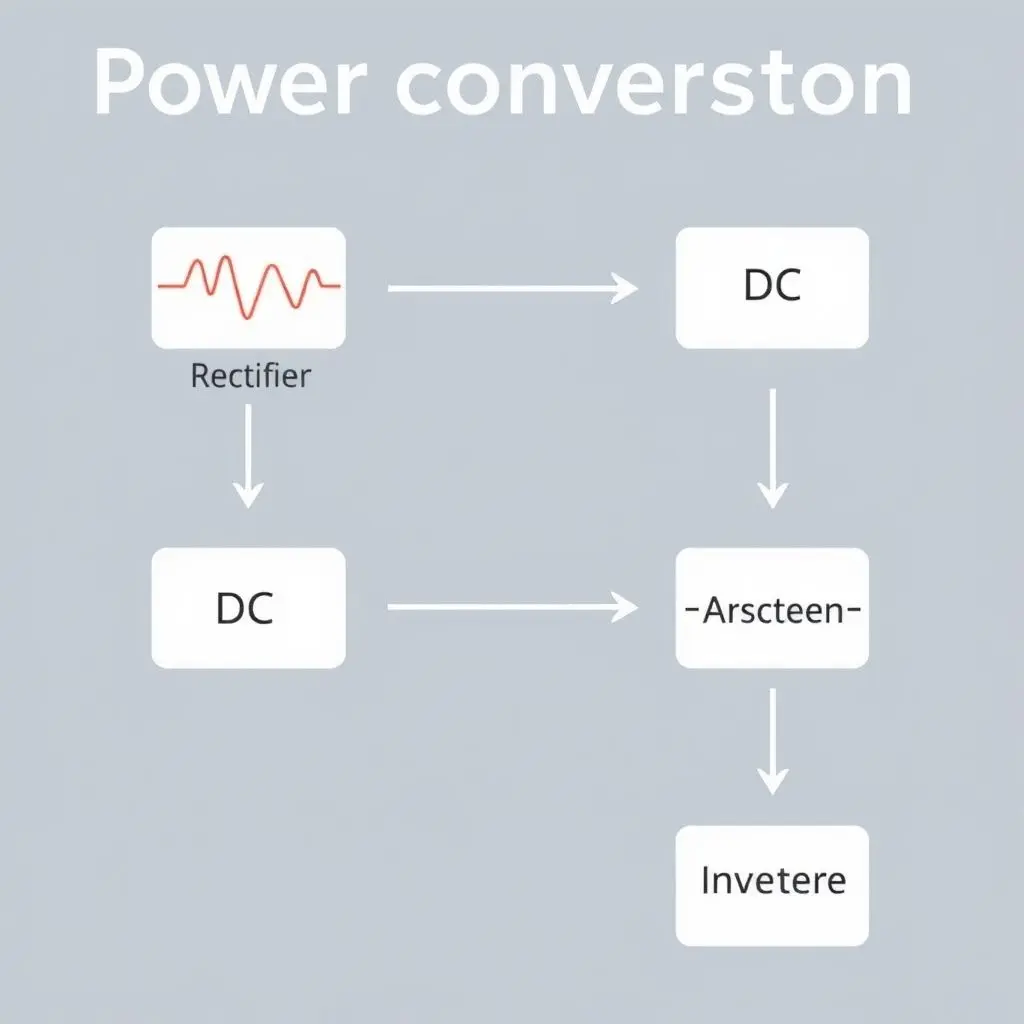
The “Shocking” Truth: A Note on Safety
Both AC and DC electricity can be dangerous, and safety should always be paramount. It’s a common misconception that one is inherently “safer” than the other. The danger depends on several factors, including voltage, current, path through the body, and duration of contact.
AC can be particularly dangerous because its alternating nature can interfere with the body’s natural electrical signals, potentially causing muscle contractions (making it hard to let go) and disrupting heart rhythms (ventricular fibrillation) at lower currents than DC. However, high-voltage DC can cause severe burns and muscle damage.
Disclaimer: This information is for educational purposes only and is not a substitute for professional electrical safety training or advice. Always consult qualified electricians for any electrical work.
Frequently Asked Questions (FAQs) about AC and DC Power
Q1: Is AC or DC more dangerous?
A: Both can be dangerous. AC is often considered more dangerous at household voltage levels because it can cause continuous muscle contraction and disrupt heart rhythm more easily. However, high-voltage DC is also extremely hazardous. The specific level of danger depends on voltage, current, and exposure conditions.
Q2: Why do batteries provide DC power?
A: Batteries generate electricity through electrochemical reactions where ions flow in a consistent direction, naturally producing Direct Current (DC).
Q3: Why do our homes use AC power?
A: Homes use AC power because it’s more efficient to transmit AC over long distances from power plants. AC voltage can be easily changed using transformers, minimizing power loss during transmission.
Q4: Can AC be converted to DC and vice-versa?
A: Yes! An AC-to-DC converter is called a rectifier (found in your phone charger). A DC-to-AC converter is called an inverter (used in solar power systems to power AC appliances or to get AC power from a car battery).
Q5: What did Tesla and Edison famously disagree on regarding AC/DC?
A: Nikola Tesla championed Alternating Current (AC) for its efficiency in long-distance power transmission. Thomas Edison advocated for Direct Current (DC), which was less efficient for widespread distribution but initially established. This disagreement was known as the “War of Currents.”
Keeping You Current on Power Knowledge
And there you have it – the electrifying tale of two currents! From DC’s steady, one-way march to AC’s energetic, back-and-forth dance, both play indispensable roles in our technologically advanced world. Understanding their differences and how they work together not only demystifies the power that fuels our lives but also highlights the ingenious solutions that make modern convenience possible.
We hope this visual journey has illuminated the core concepts of AC and DC power. If this sparked your curiosity, or if you simply feel a bit more ‘current’ on the topic, let us know! What other electrifying topics would you like us to explore?
